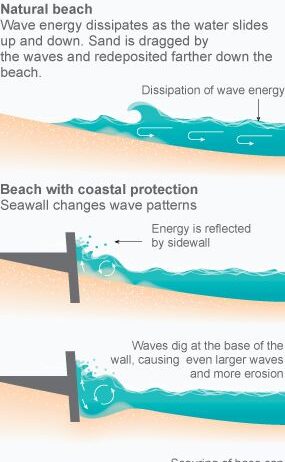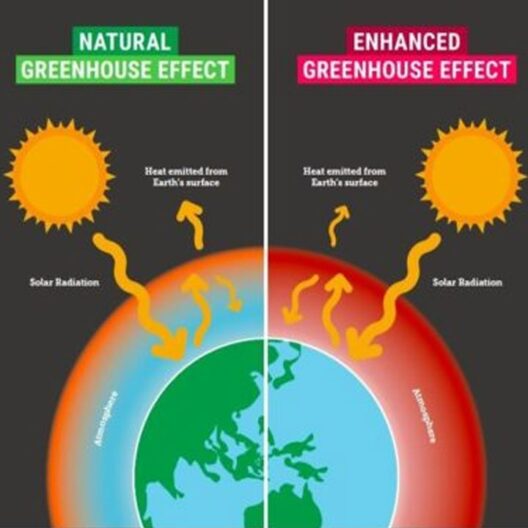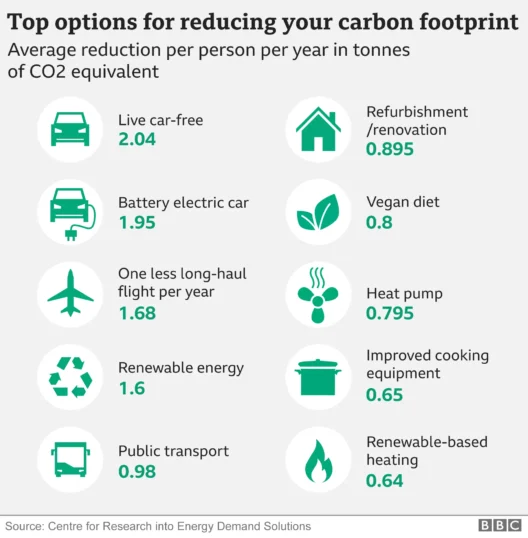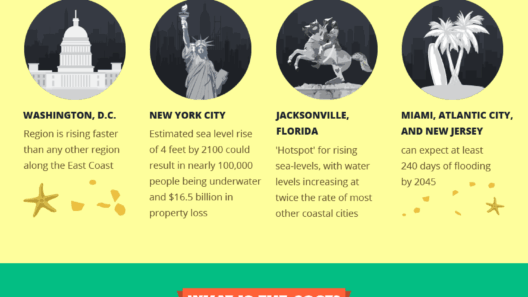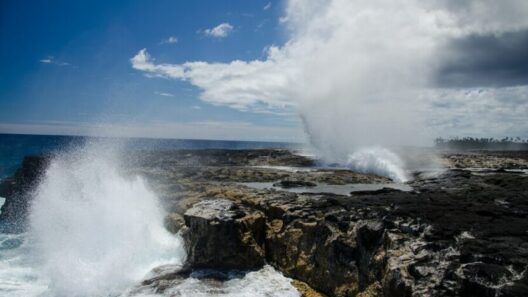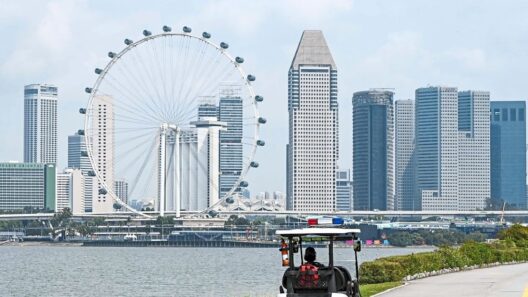The phenomenon of rising sea levels has garnered significant interest and concern in recent years, reflecting broader shifts in climatic conditions and the intricate interplay of natural processes. Understanding the causes of this alarming occurrence is critical to averting its catastrophic implications on ecosystems, human habitats, and the global economy. The aesthetic allure of coastal landscapes belies the urgent threats posed by the encroaching seas, making it imperative to explore the key factors driving ocean-level increases.
Melting Glaciers and Ice Sheets: The Icy Giants in Retreat
Perhaps the most conspicuous and scientifically verifiable contributor to rising sea levels comes from the relentless melting of glaciers and polar ice sheets. Vast expanses of ice, particularly in Greenland and Antarctica, have been steadily succumbing to the dual forces of atmospheric warming and oceanic heat. As global temperatures rise, these once-mighty glaciers, which have stood for millennia, release their storied volumes of freshwater into the oceans.
The ongoing disintegration of ice sheets contributes to global sea levels, on a scale both awe-inspiring and alarming. Recent satellite observations reveal that the rate of ice loss from Greenland has tripled since the early 2000s. Simultaneously, Antarctica’s ice losses have increased as warmer oceans erode the floating edges of ice shelves, further exacerbating the problem. The melting of these polar behemoths evokes poignant imagery of bygone winters, each loss marking a grave testament to our planet’s changing climate.
Thermal Expansion: The Invisible Force at Work
In addition to the loss of glacial mass, thermal expansion operates as a more insidious yet equally impactful driver of rising sea levels. As water temperatures increase due to global warming, seawater expands, occupying a larger volume and leading to higher ocean levels. This process, often underestimated in the public consciousness, has been responsible for approximately half of the observed global sea-level rise over the past century.
In some regions, the effects of thermal expansion are magnified, as ocean currents and local climatic conditions further influence sea levels. This dynamic can produce unprecedented surges in certain coastal areas while exacerbating vulnerabilities in others. The romance of unrestricted ocean vistas is increasingly shadowed by the impending threat of rising tides, as whole communities face the prospect of displacement.
Contributions from Groundwater and Surface Water
While the spotlight often remains on glaciers and thermal expansion, less-discussed factors also contribute significantly to the rising tide. Groundwater extraction, for example, represents a considerable and overlooked source of water that eventually makes its way to the oceans. As communities extract subterranean reservoirs to meet thirst and agricultural needs, that water, once locked within the ground, ultimately flows back into the ocean, contributing to sea-level rise.
This phenomenon can be likened to a hidden reservoir, with the effects largely masked until they culminate into visibly higher oceans. Rapid urbanization and industrial agriculture exacerbate this extraction, leaving vulnerable coastal areas increasingly at risk. The aesthetic appeal of fertile landscapes can thus mask a ticking clock of potential inundation.
The Influence of Human Activity: A Compound Effect
Human activity drives climate change, which in turn catalyzes sea-level rise. Through deforestation, urbanization, and greenhouse gas emissions, societies have unwittingly altered the planet’s delicate balance. The resultant warming effects are not only a catalyst for melting ice but also amplify extreme weather patterns, producing variabilities in storm inundation and erosion. Temporary surges during storm events can drastically reshape shorelines, disrupting ecosystems and communities.
Coastal cities often find themselves at the very intersection of technological advancement and ecological vulnerability. While bustling metropolises can project a façade of invincibility, the underlying risks of rising sea levels are a reminder of nature’s power to reclaim its domain. The aesthetic charm of coastal living is increasingly shadowed by the trepidation of future sea encroachments.
Conclusion: A Call to Action
As the scientific community consolidates research on the intricacies behind rising sea levels, the pressing question remains: how can humanity confront these challenges? Awareness and education are crucial first steps in molding a proactive response. Individual actions, bolstered by collective political will, can pave the way toward sustainable practices that mitigate environmental degradation.
Understanding the myriad factors contributing to rising sea levels enhances the collective consciousness regarding our environment. Through integration of scientific knowledge with community action, we can strive to restore the battered equilibrium of our planet’s oceans. Only through a committed and informed populace can we hope to slow the tide of rising seas, preserving the scenic coastal vistas and the ecosystems that depend on them for generations to come.



